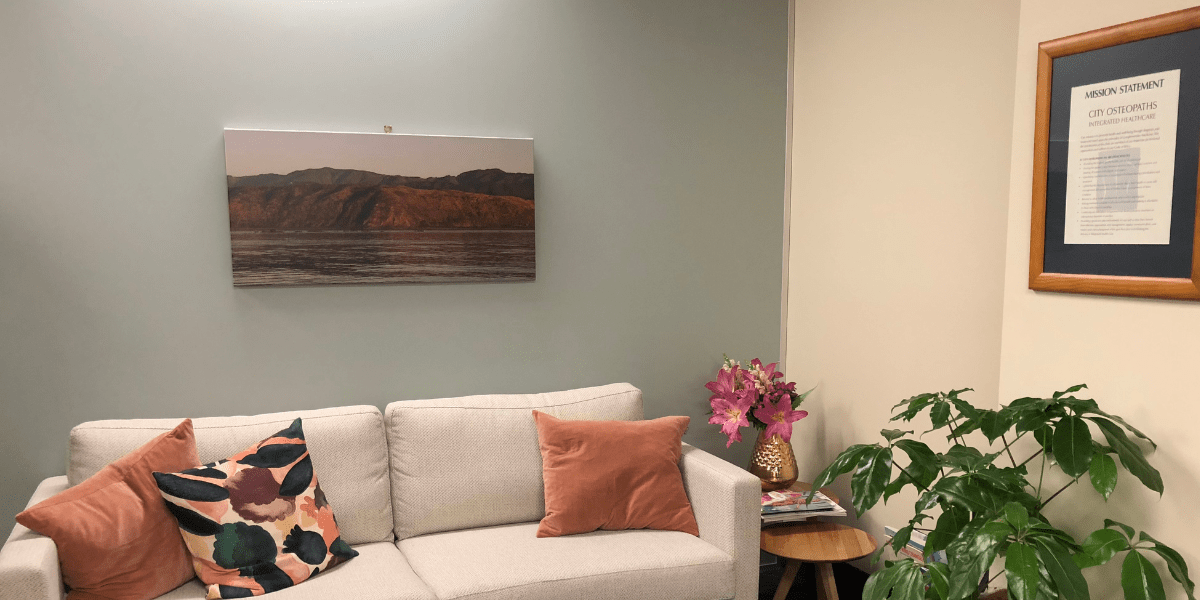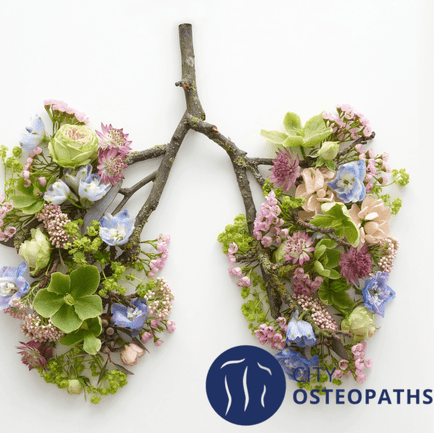How to become more aware of breathing well
WHENEVER WE MENTION BREATHING TO OUR CLIENTS, THE REPLY IS USUALLY ALONG THE LINES OF “BREATHING? DON’T WE ALL KNOW HOW TO DO THAT ALREADY!?”
Of course, we all breathe, but how we breathe is the interesting part. Do you breathe with your ribcage moving outwards, to the sides and back? Or do you breathe by moving your ribcage upwards, using your neck and shoulder muscles to raise it? During inspiration, when we breath in, our ribcage must expand to make space for the lungs to inflate. This happens due to the muscular action of the diaphragm and the intercostal muscles (the muscles between our ribs). The intercostals pull the ribs up and outwards while the diaphragm flattens and pushes the lower ribs out to the sides. Both actions create space in the ribcage for lung expansion.
If we raise our shoulders when we breathe this shows that we are in a shallow breathing pattern. It means our ribcage is rising upwards to create space for the lungs to expand. To do this, we are pulling the ribcage upwards using accessory breathing muscles; the muscles that attach from the shoulder to the ribcage (pectoralis minor) and the muscles that attach from the neck to the ribcage (the sternocleidomastoid and the scalenes). This can lead to neck and shoulder pain and tension, and headaches. The diaphragm is a dome shaped and its vertical fibres attach to the lower ribs. When it’s contracted it flattens and these fibres push the lower ribs outwards as they shorten (1). This movement is known as lateral excursion. You can imagine it like an umbrella opening.
We also need mid-back expansion when we breath. This is the movement of the back, just under the shoulder blades, at the level of the bra-line. Known as posterior excursion, mid-back expansion ensures that the diaphragm can also work to stabilise us in the upright position (2). When we lack good movement of the diaphragm, it reduces our ability to maintain our balance (3). This leads to stiffness in other muscles in the torso, as they take up the slack, causing pain and tension in this area.
So, what does this mean? Essentially, it means we need to pay attention to the way we breathe.
When we learn to breathe using lateral and posterior excursion, we improve the strength of the diaphragm and increase the ability of our ribcage to move. Improved ribcage mobility takes the pressure off the neck and shoulders, decreasing pain, tension and headaches. It allows the diaphragm to move through its full range of motion, becoming stronger and more efficient.
When we breathe using our diaphragm, we activate the vagus nerve which leads to an increased parasympathetic nervous system response, slowing our heart rate and breathing, and calming us down.
Good diaphragmatic breathing increases our blood oxygen levels, promoting tissue healing and repair (4) and improving energy and cognition. Anxiety and dizziness reduce as our ability to expel carbon dioxide from the body improves. We get less aches and pains in our neck and shoulders. Our posture improves along with the stability of the spine, reducing back ache. Mobility of the ribcage and mid-back improves, increasing movement in the areas that should move, and stability in the areas that should be stable.
Shallow breathing patterns are very common during everyday and long term stress. Diaphragmatic breathing is fundamental to our health and wellbeing, and to optimise our health we need to breathe well.
Wallden, M. (2017). The diaphragm; More than an inspired design. Journal of Bodywork and Movement Therapies, 21(2), 342-349. https://doi.org/10.1016/j.jbmt.2017.03.013
Osar, E. (2014). Corrective exercise solutions to common hip and shoulder dysfunction. Lotus Publishing.
Kocjan, J., Gzik-Zroska, B., Nowakowska, K., Burkacki, M., Suchoń, S., Michnik, R., Czyżewski, D., & Adamek, M. (2018). Impact of diaphragm function parameters on balance maintenance. PloS one, 13(12), e0208697-e0208697. https://doi.org/10.1371/journal.pone.0208697
Duvall, S. E. (2017). Postpartum Corrective Exercise Specialist [online training programme] [Audiovisual]. Core Exercise Solutions LLC. www.coreexercisesolutions.com


